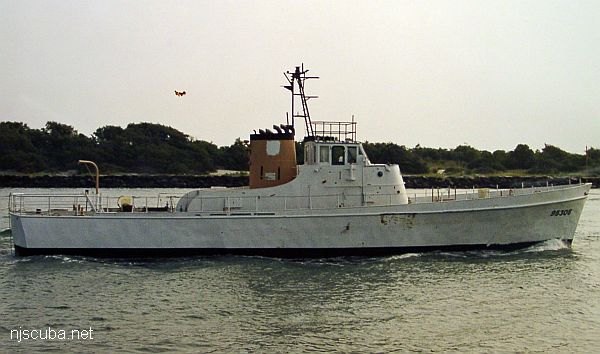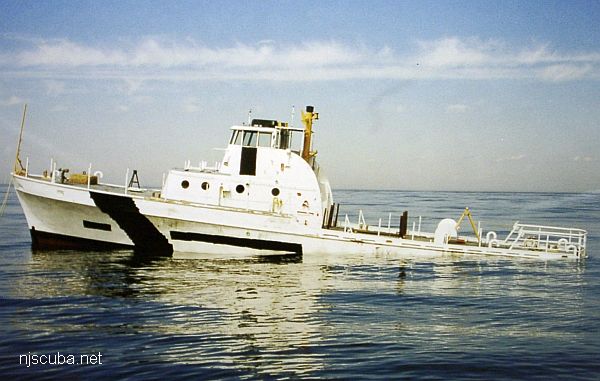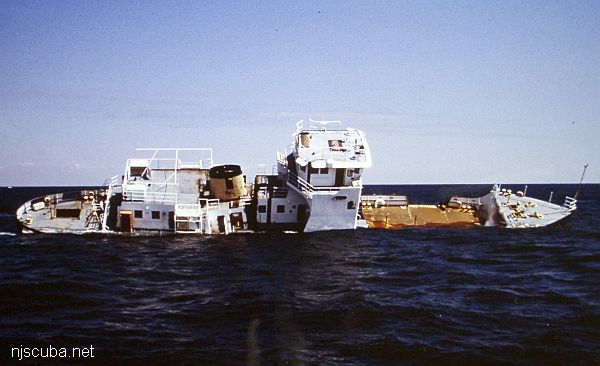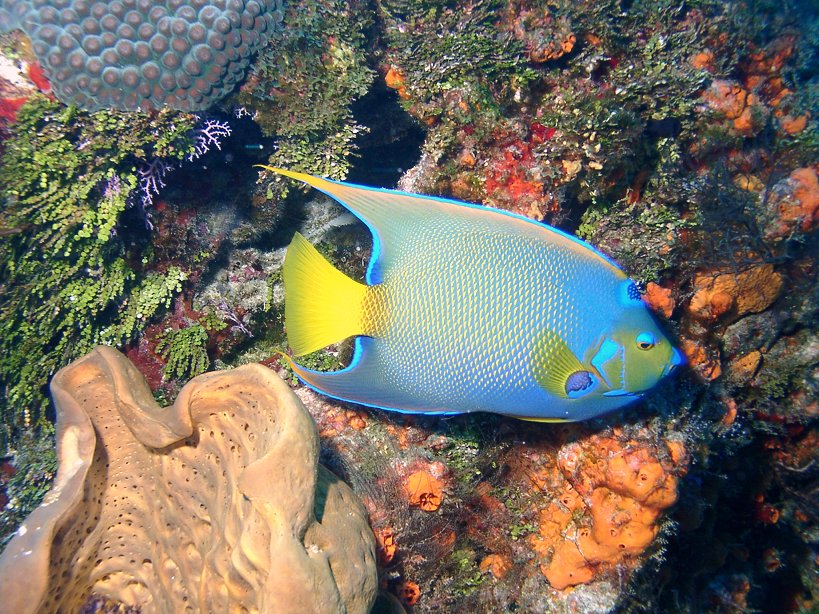United States Coast Guard 1
The United States Coast Guard is this nation's oldest and premier maritime agency. The history of the Service is very complicated because it is the amalgamation of five Federal agencies. These agencies, the Revenue Cutter Service, the Lighthouse Service, the Steamboat Inspection Service, the Bureau of Navigation, and the Lifesaving Service, were originally independent, but had overlapping authorities and were Shuffled around the government. They sometimes received new names, and they were all finally united under the umbrella of the Coast Guard. The multiple missions and responsibilities of the modern service are directly tied to this diverse heritage and the magnificent achievements of all of these agencies.
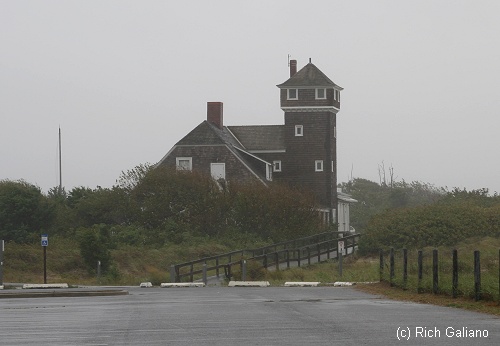
Coast Guard in New Jersey & New York
New Jersey's seacoast is served by two Coast Guard Districts. The First District ( Boston MA ) covers New England and Long Island, including the port of New York. Its southernmost station is Sandy Hook. The Fifth District ( Portsmouth VA ) covers the coastline from Sandy Hook south to North Carolina, with boat stations at Point Pleasant (Manasquan), Barnegat Light, Beach Haven, Atlantic City, and Cape May. A former station at Tuckerton is now the Rutgers University Marine Field Station, while another at Shark River was given over to State Police and Coast Guard Auxiliary, but has recently been reactivated. Many other beachfront Lifesaving Stations from the 1800s still survive as museums, inns, and private residences.
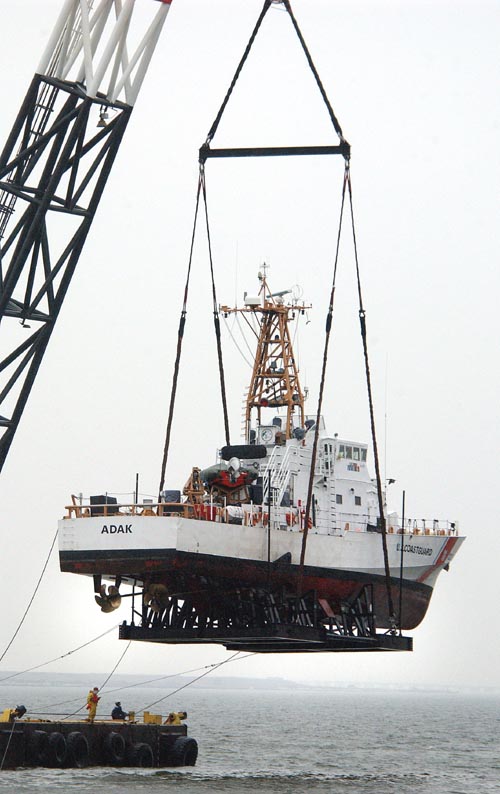
The First District's Station at Sandy Hook is responsible for New York Harbor security, and is home port to 110' patrol boats Adak WPB-1333 and Bainbridge Island WPB-1343, and 87' patrol boat Sailfish WPB-87356, as well as a 47' MLB ( Motor Life Boat ) and smaller craft, such as the fast 25-foot rigid inflatable Response Boat. Coast Guard vessels smaller than 65' are not named. Sandy Hook has no aircraft.
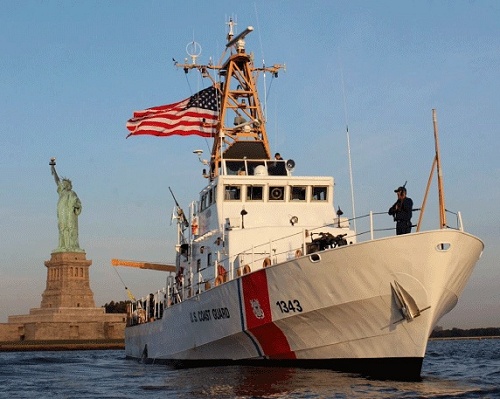
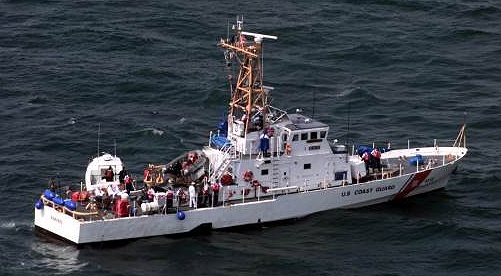
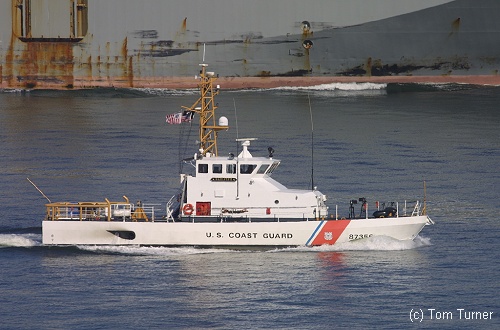
Other First District facilities along the Hudson River and in the port of New York host buoy tenders, ice breakers, tugboats, and various other vessels. The largest among these are the 140' icebreakers Penobscot Bay WTGB-107 and Sturgeon Bay WTGB-109, and the 175' buoy tender Katherine Walker WLM-552, all at Bayonne.
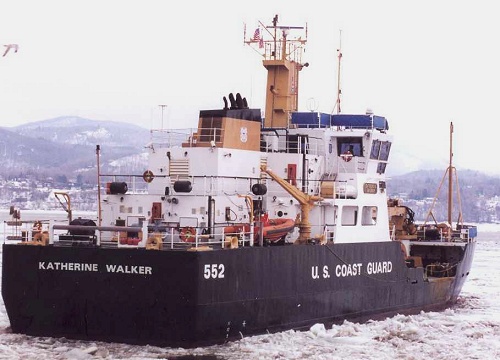
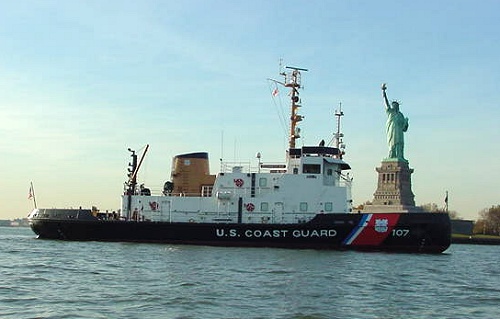
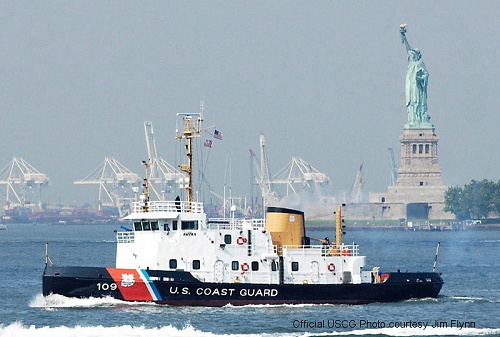
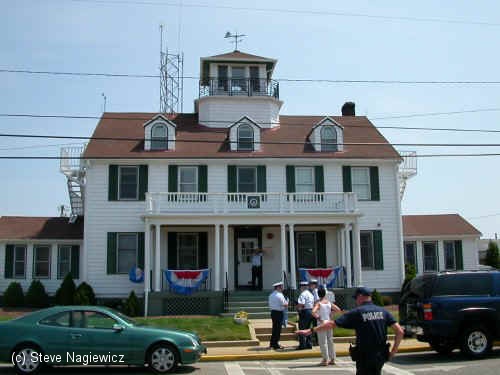
The northernmost outpost of the Fifth District is station Manasquan, actually located in Point Pleasant Beach. The station on the Manasquan River has a long history of lifesaving and shipwrecks. The original lifesaving station, number 105 at "Squan Beach" was believed to have been built in 1856. In 1936 the Coast Guard built a new station on the south side of the inlet in Point Pleasant Beach. With its protected moorings, the new site replaced seaside stations in Mantoloking, Bay Head, Manasquan, Chadwick Beach, and Toms River. In 1938 the Work Relief and Public Works Appropriation Act provided funds to build a boathouse, garage, workshop, and launch ramp. Today, the buildings are still much the same as they were when built, although they have undergone modernization wherever possible, and of course their lifesaving equipment and communication gear are maintained as "state of the art."
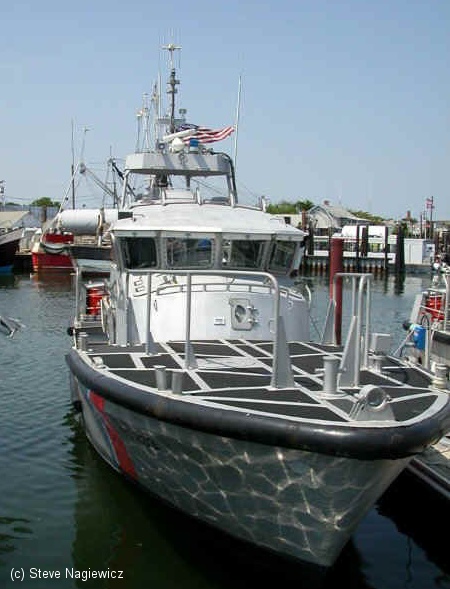
The station's missions are: homeland security, search & rescue, recreational safety, commercial fisheries safety, fisheries law enforcement, and marine environmental protection. The station's area of responsibility ranges from Long Branch to Seaside Heights and up to 48 miles offshore, including the inland waterways of Shark River Inlet, Manasquan Inlet, and portions of Barnegat Bay. Manasquan station has a complement of 27 men & women. They respond to over 600 SAR ( search & rescue ) operations each year. In addition to the 47 foot MLB, the station has a number of smaller utility craft. The stations at Barnegat Light and Atlantic City have similar equipment to Manasquan; Beach Haven is reduced.
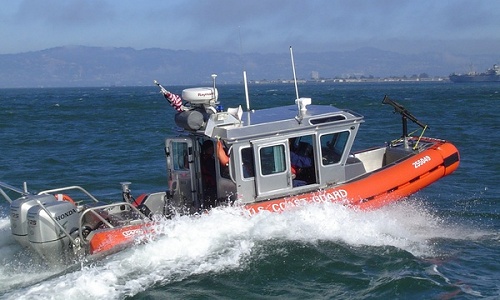
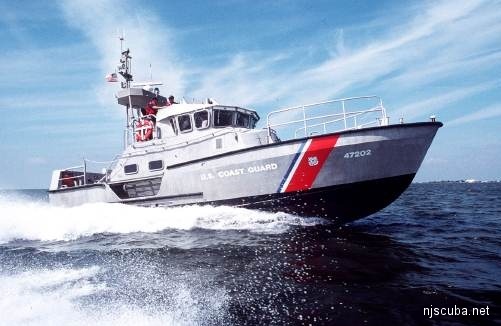
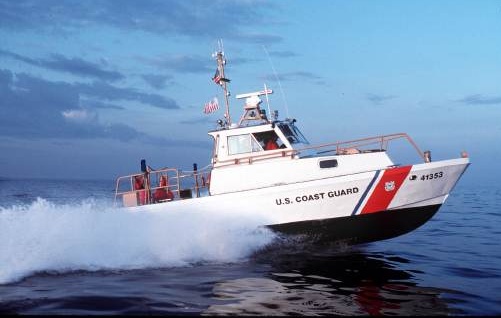
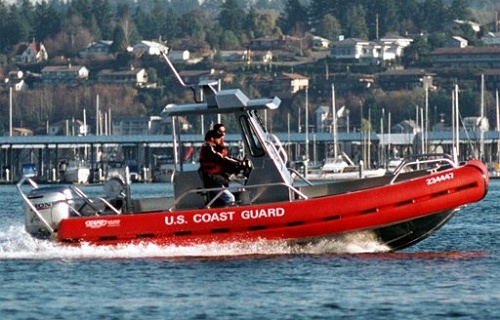
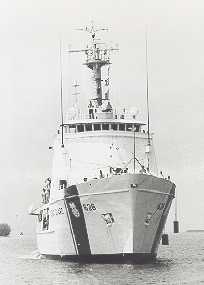
The station at Cape May is larger, encompassing the service's enlisted basic training camp ( the officer academy is in New London CT. )
Cape May is home port to the 210' medium-endurance cutters Dependable WMEC-626 (right) and Vigorous WMEC-627. No larger cutters are based north of Cape May, and these two are usually deployed to the south on anti-drug patrols. The station also has the usual complement of smaller craft.
On Long Island ( First District ) the Coast Guard maintains a similar string of small boat stations from Staten Island to Montauk on the south shore, with larger facilities on the Sound in Connecticut.

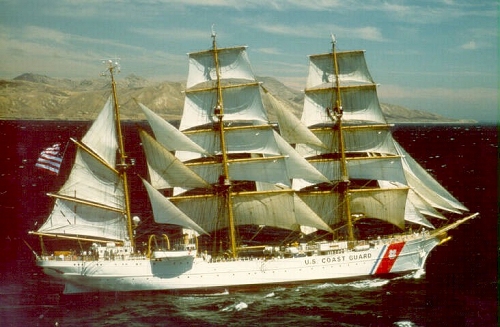
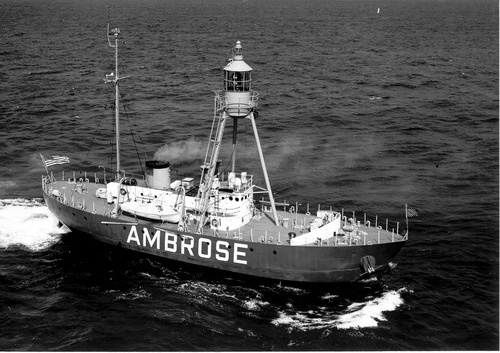
Aircraft
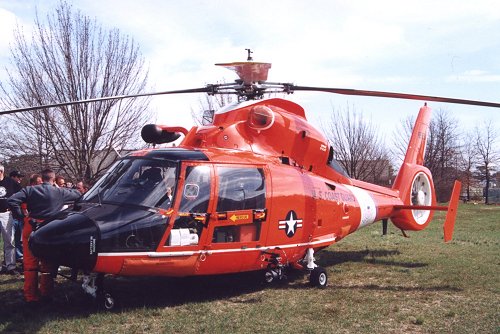
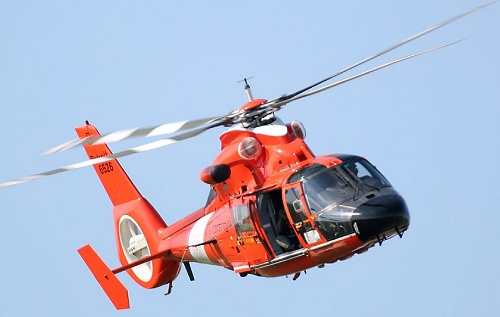
Atlantic City is the closest Coast Guard air station, hosting the small bright orange HH-65 Dolphin rescue helicopters that are commonly seen along the shore. Larger HH-60 Jayhawk ( Blackhawk ) helicopters are based at Cape Cod and Elizabeth City NC. Fixed-wing HC-130 Hercules aircraft are based in Elizabeth City, while smaller HU-25 Guardian (FalconJet) aircraft are based at Cape Cod.
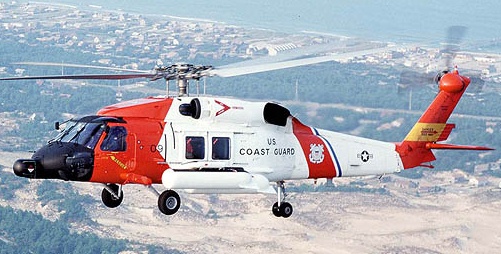
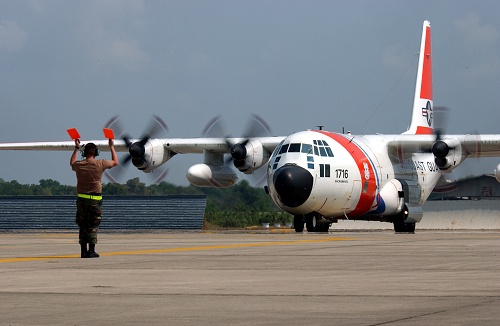
These are also used by the Coast Guard as heavy-lift transports, maritime patrol, and even weather aircraft. The Lockheed C-130 is an amazing machine: originally designed in the 1950s, it will probably still be in production and front-line service 100 years from now. There is seemingly nothing this aircraft cannot do. "Hurricane Hunters" are specially modified WC-130s operated by the NOAA and the Air Force Reserve.
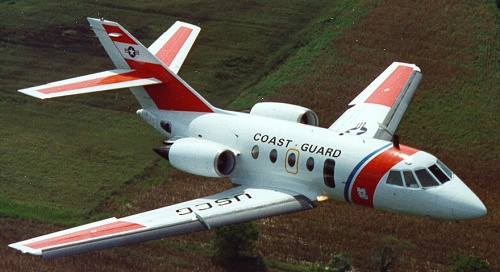
The Coast Guard operates some other aircraft as well, most notably a dozen armed fast helicopters in Florida for drug smuggling interdiction, and a few heavy-lift helicopters.
Coast Guard Wrecks & Artificial Reefs

There are two Coast Guard shipwrecks in New Jersey waters: the cutter Mohawk of the US Revenue Service, and the lightship Relief. Both were victims of collision outside the busy port of New York. While not actually part of the Coast Guard, the pilot boat Sandy Hook often served a common purpose and is also sunk in the same vicinity.
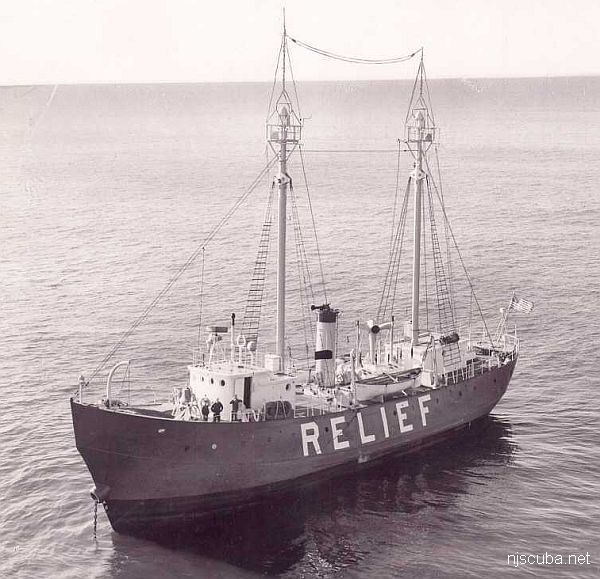
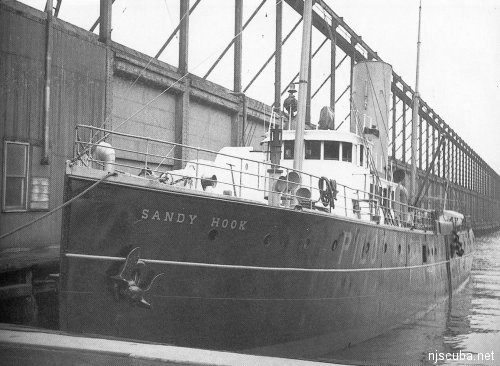
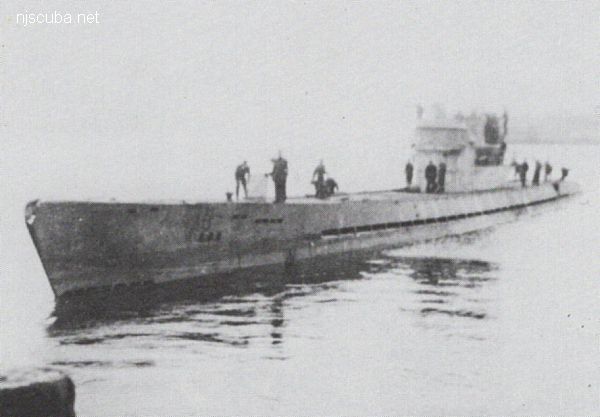
Remarkably, all three of the German U-boats in the region are thought to have been sunk by Coast Guard-manned vessels! The service sank a total of 10 ( or 11 ) submarines during the course of World War II.
The Coast Guard has also donated a number of vessels as artificial reefs over the years. They seem to be sensitive about having their vessels shown in a "bad" way, and typically paint out all the markings before turning them over. A number of ex-Coast Guard utility boats are also sunk as reefs, such as the Heavy Metal.
